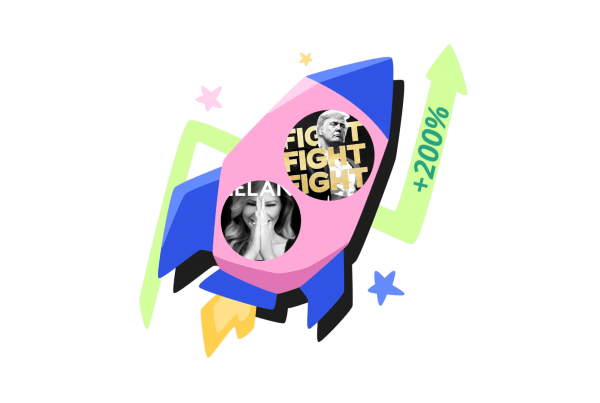
Cardano is a blockchain network and ADA is its native token. It is considered a third-generation blockchain. The first generation is Bitcoin and other networks that are only meant to be used for digital payment. The second-generation blockchain is Ethereum and other networks that use smart contracts. The third generation aims to improve upon both generations in an attempt to create a network designed for global use.
The differences between all three generations are usually attributed to the scalability of the networks. The first generation was considered a prototype. Bitcoin was created as a peer-to-peer network but its expanding network consumes wasteful energy that is not sustainable in the long run. The second-generation blockchains have the means to make transactions more intuitive but it’s not enough for a global scale.
What is special about Cardano?
Before the ADA became an ideal currency for the best Cardano casino, its network was first peer-reviewed. This is different from the way the other blockchains were launched. Instead of sharing a white paper that would hopefully grab the attention of interested parties, the developers of Cardano sought out experts to help set a destination.
The white paper released by Cardano is already approved by influential parties so it already has supporters before it was released. It is shared, reviewed, and improved until all participating peers are satisfied with its plans. Cardano’s initial release date was in 2015.
The currency state of Cardano
Cardano is one of the top cryptocurrencies, often found side-by-side with Ripple (XRP) and Tether (USDT) ranked by market capitalization. It is often around 6th or 7th place in some of the top crypto exchanges such as Coinbase. Despite its high status, it is still a very young network that is barely out of its third stage in the roadmap.
Cardano is capable of processing a million transactions per second (TPS). It is currently capped at 6.5 TPS because the network doesn’t have a high demand to warrant a speed that is more than that. In comparison, the Ethereum network has a significantly higher demand which is why it reaches 20 TPS but that is as fast as it goes. Bitcoin has a higher demand but it can only reach up to 4 TPS.
ADA’s maximum supply is capped at 45 billion, and there are currently 21.9 billion circulating in the Cardano blockchain. This will likely be fixed once the developer has reached the fifth stage of its roadmap where it will focus on governance in the network.
Ouroboros: Cardano’s protocol system
Cardano is set to be a purely decentralized network like Ethereum and Bitcoin. The network runs in a proof-of-stake (PoS) system rather than the proof-of-work (PoW) consensus that dominated the altcoin industry. It’s not unique to Cardano anymore. Ethereum 2.0 also now uses a PoS consensus.
PoS still needs processing power from its users to support the network. However, it doesn’t need everyone to work at the same time until someone gets lucky enough to solve the task and claim the reward like in PoW. Instead, the network is maintained by stakeholders who fund the network using ADA for a chance to gain more of it. This system doesn’t consume as much energy as altcoin mining so it’s safer for the environment.
Internet of Blockchain: The ultimate goal of Cardano
Cardano does not plan on competing with other altcoins. Instead, it aims to help all of them. It was designed to connect different blockchains to create one big economy so users of different networks can seamlessly transact with each other. This will make ADA a valuable token used as a fuel for its features. ADA is still far from being as widely accepted as XRP and ETH. It may be difficult to find a dedicated service for it like the best Cardano casino or shop. However, it holds so much promise, especially with what it was meant to serve.



